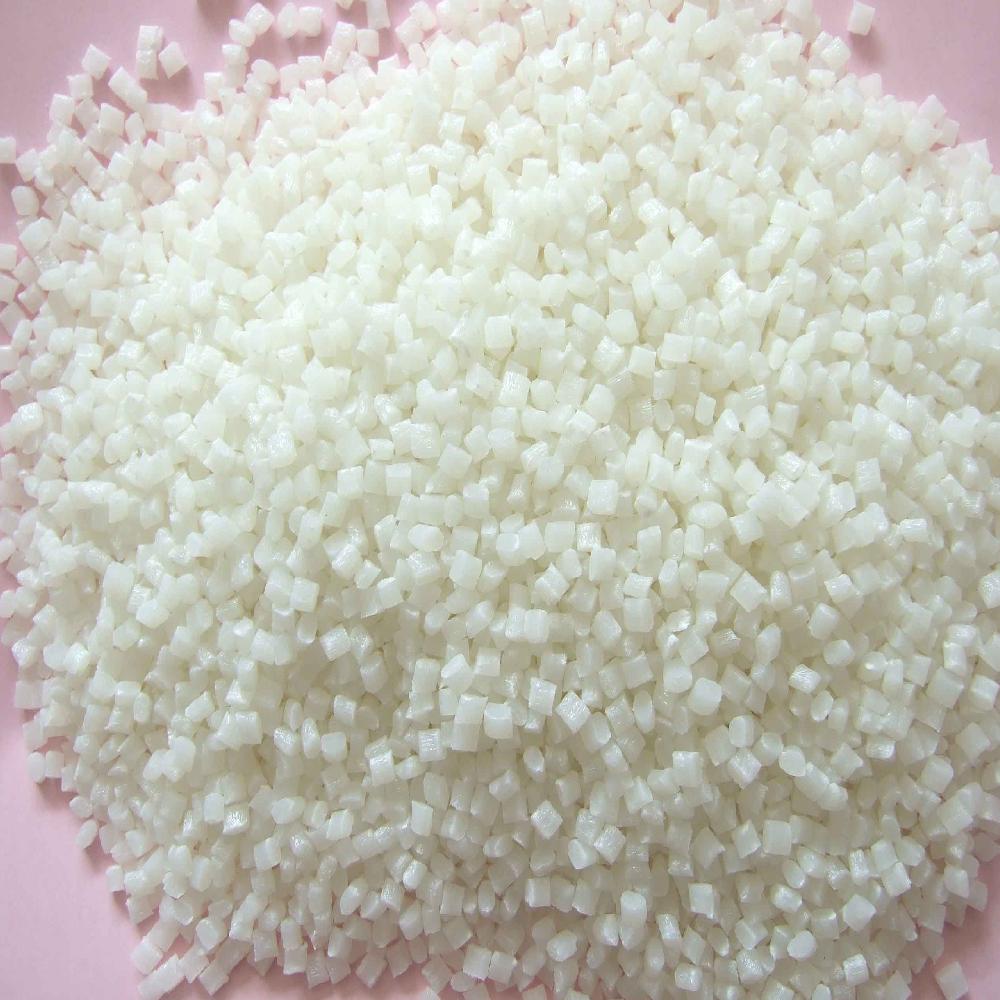Introduction of Reinforced Polyamide Composites
Reinforced polyamide composites are widely used in various industries due to their excellent mechanical properties, thermal stability, and versatility. These materials, however, are highly sensitive to temperature variations, which can significantly influence their performance. Understanding how temperature affects both the polyamide matrix and the reinforcement materials is crucial for optimizing the use of these composites in different applications.

Influence of Temperature on Polyamide Matrix
Thermal Behavior and Glass Transition Temperature
Polyamide resins exhibit a specific glass transition temperature (Tg), below which the material is rigid and glassy. When the temperature rises above this Tg, the polymer chains in the matrix gain mobility, making the material more ductile. This shift from rigidity to ductility with increasing temperature has profound effects on the mechanical properties of reinforced polyamide composites. As the temperature surpasses Tg, the matrix softens, reducing its ability to support applied loads effectively.
Effects on Reinforced Polyamide
Thermal Expansion and Contraction in Carbon Fiber
Carbon fiber, commonly used as a reinforcement in polyamide composites, is also affected by temperature changes. As the temperature rises, carbon fibers experience slight thermal expansion, which increases the spacing between fibers and decreases the overall mechanical strength of the composite. Conversely, when the temperature drops, the fibers contract, which can restore some of the composite’s strength. This thermal expansion and contraction cycle must be carefully managed to maintain the composite’s performance.
Interfacial Interactions Between Polyamide Matrix and Reinforced Polyamide
Impact of Temperature on Interfacial Adhesion
The interaction between the polyamide matrix and the reinforced polyamide material is critical for the overall performance of the composite. Strong interfacial adhesion ensures effective load transfer and enhances mechanical properties. However, increasing temperatures can weaken this adhesion due to thermal degradation or debonding, thereby compromising the load transfer capability and reducing the composite’s strength.
Thermal Stability of Reinforced Polyamide Composites
Degradation of Matrix and Reinforcement
High temperatures pose a significant challenge to the thermal stability of reinforced polyamide composites. Polyamide resins are prone to thermal oxidation and hydrolysis, which can lead to a degradation of mechanical integrity. Similarly, carbon fibers can degrade at elevated temperatures, releasing volatile organic compounds (VOCs) that may further impact the composite’s properties. Ensuring thermal stability requires careful consideration of operating temperatures and appropriate thermal management strategies.
Managing Temperature Effects on Reinforced Polyamide Composites
Optimizing Processing and Service Conditions
The adverse effects of temperature on reinforced polyamide composites can be mitigated through precise control of processing and service temperatures. By selecting suitable operational temperatures and employing effective thermal management techniques, it is possible to optimize the mechanical properties and thermal stability of these composites for specific applications. Proper temperature management is essential for maximizing the performance and longevity of reinforced polyamide composites in practical use.
Conclusion of Reinforced Polyamide Composites
Temperature plays a pivotal role in determining the performance of reinforced polyamide composites. Both the matrix and the reinforcement materials are subject to temperature-dependent changes that can alter the mechanical properties and thermal stability of the composite. Understanding these effects and implementing appropriate thermal management strategies is key to optimizing the use of reinforced polyamide composites in various applications. Careful control of processing and operational conditions can help in maintaining the desired properties and extending the life of these advanced materials.
FAQ: Impact of Temperature on the Performance of Reinforced Polyamide Composites
- How does temperature affect the performance of reinforced polyamide composites?
Temperature significantly impacts the mechanical properties, thermal stability, and overall performance of reinforced polyamide composites. As temperature changes, both the polyamide matrix and the reinforcement materials undergo alterations that can either enhance or degrade the composite’s functionality.
- What happens to the polyamide matrix when the temperature changes?
- Below Glass Transition Temperature (Tg):The polyamide matrix remains rigid and glassy.
- Above Tg:The matrix becomes more ductile as the polymer chains gain mobility. This softening reduces the material’s ability to support loads.
- How do reinforcement materials like carbon fiber respond to temperature changes?
Carbon fibers in the composite undergo thermal expansion and contraction:
- Increased Temperature:Fibers expand, which increases interfiber spacing and reduces mechanical strength.
- Decreased Temperature:Fibers contract, potentially restoring some of the composite’s strength.
- What role does interfacial adhesion play in the performance of these composites?
The interfacial adhesion between the polyamide matrix and the reinforcement material is crucial for effective load transfer. Strong adhesion enhances the mechanical properties, but it can weaken at higher temperatures due to thermal degradation or debonding, compromising the composite’s structural integrity.
- How does temperature influence the thermal stability of reinforced polyamide composites?
High temperatures can accelerate the degradation of both the matrix and reinforcement:
- Polyamide Matrix:Susceptible to thermal oxidation and hydrolysis, leading to mechanical weakening.
- Carbon Fiber:May degrade and release volatile organic compounds (VOCs), affecting the composite’s properties.
- What strategies can be used to manage the impact of temperature on reinforced polyamide composites?
Effective thermal management and careful control of processing and service temperatures are essential. By selecting appropriate operational conditions and employing proper thermal management techniques, it is possible to optimize the composite’s mechanical properties and thermal stability for specific applications.
- Why is understanding the temperature effects on reinforced polyamide composites important?
Grasping how temperature affects these composites is critical for their reliable and efficient use in various applications. By understanding and mitigating temperature-related issues, it is possible to maximize the performance, durability, and lifespan of reinforced polyamide composites in practical settings.
- What are the key takeaways for maintaining the performance of reinforced polyamide composites?
To maintain optimal performance, it is important to:
- Monitor and control the operational temperatures.
- Ensure strong interfacial adhesion between the matrix and reinforcement.
- Apply effective thermal management strategies.
- Choose appropriate materials and processing conditions tailored to the specific application needs.
